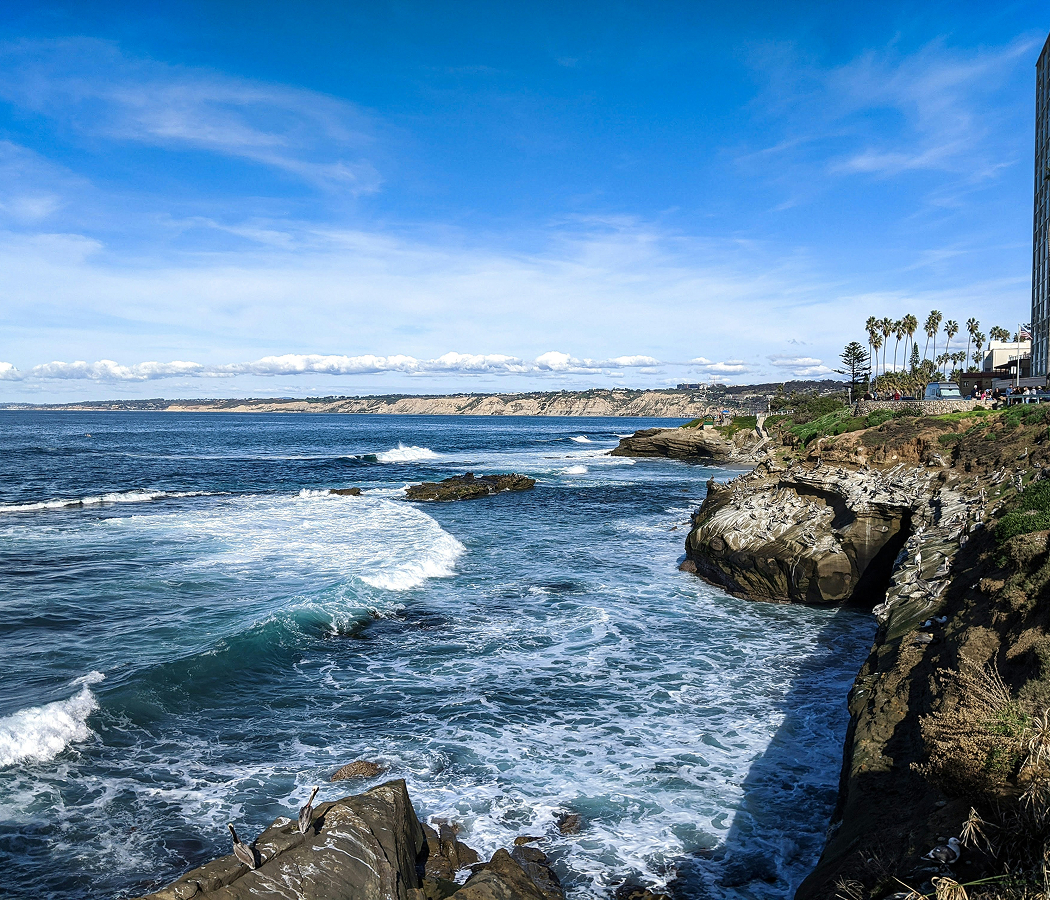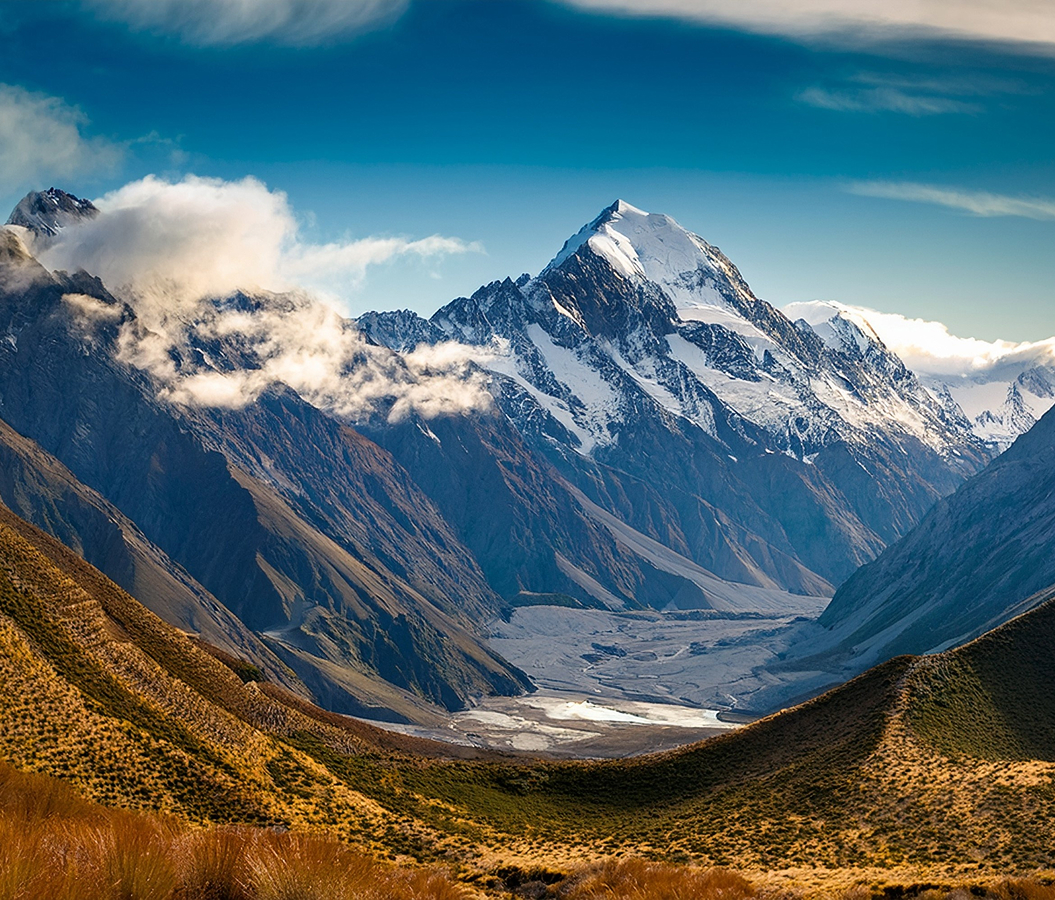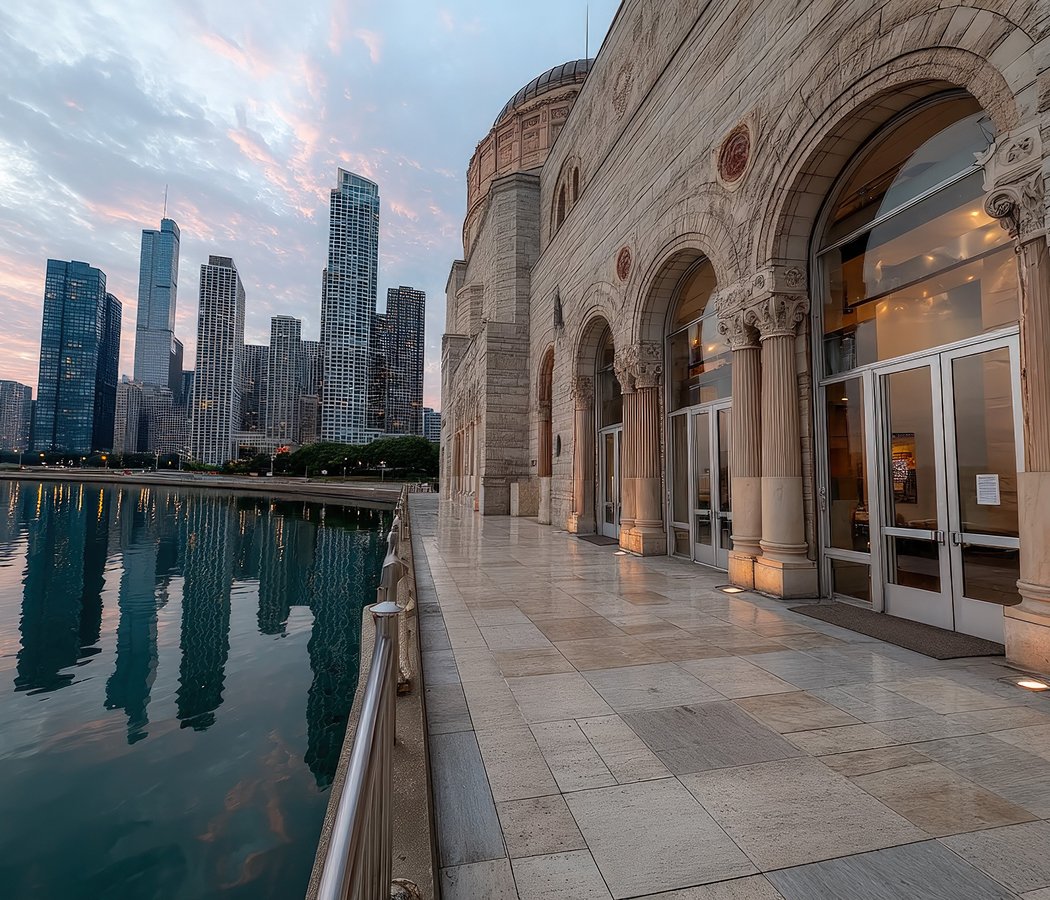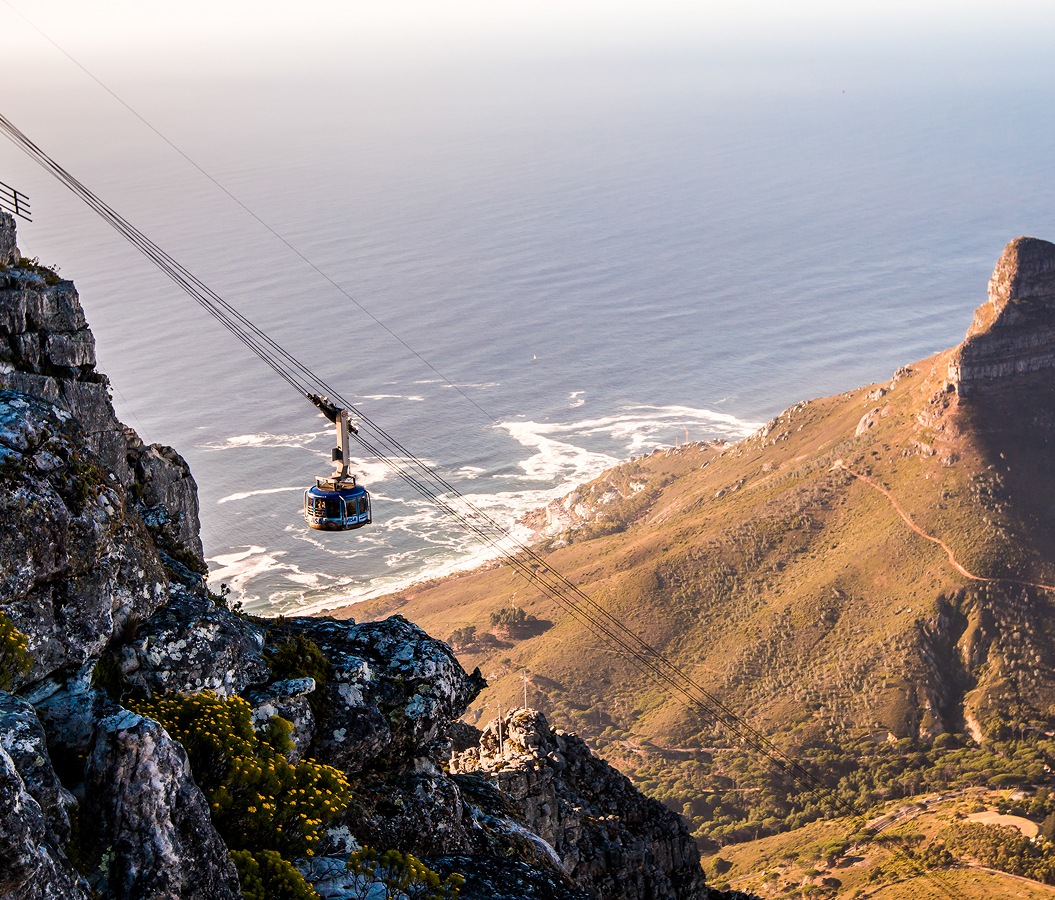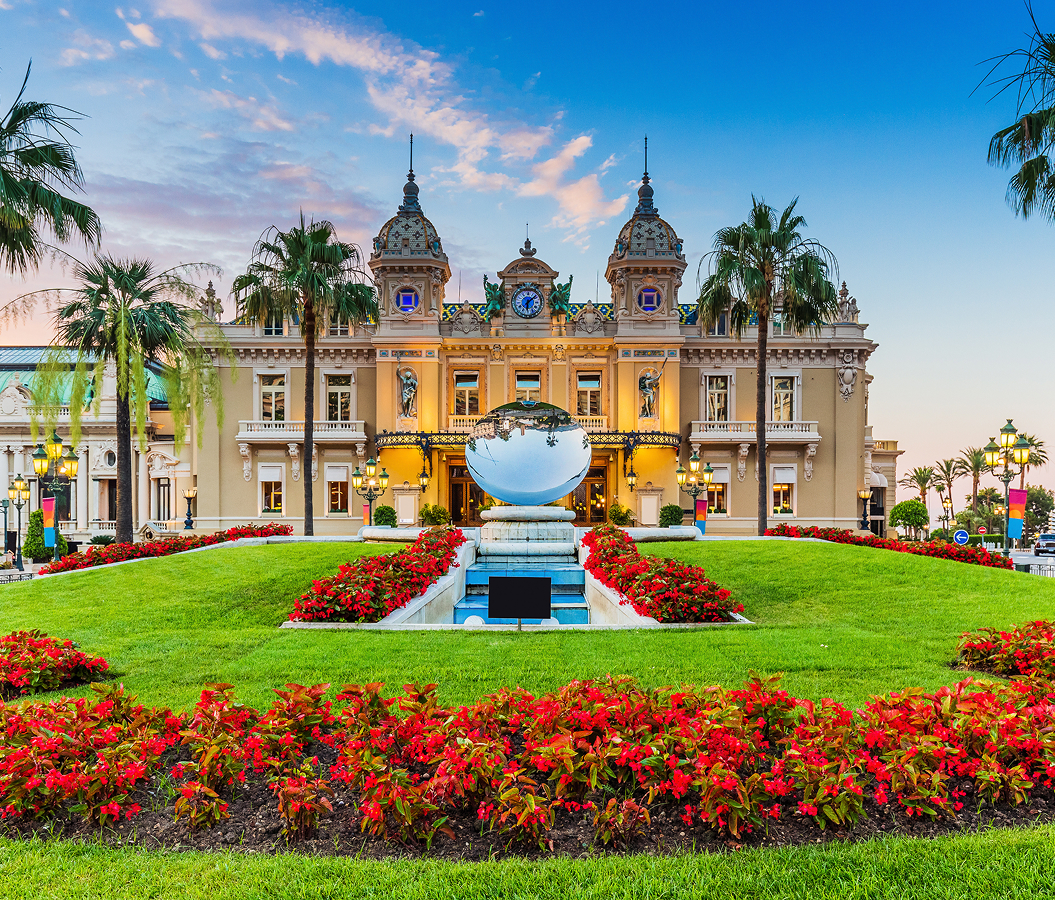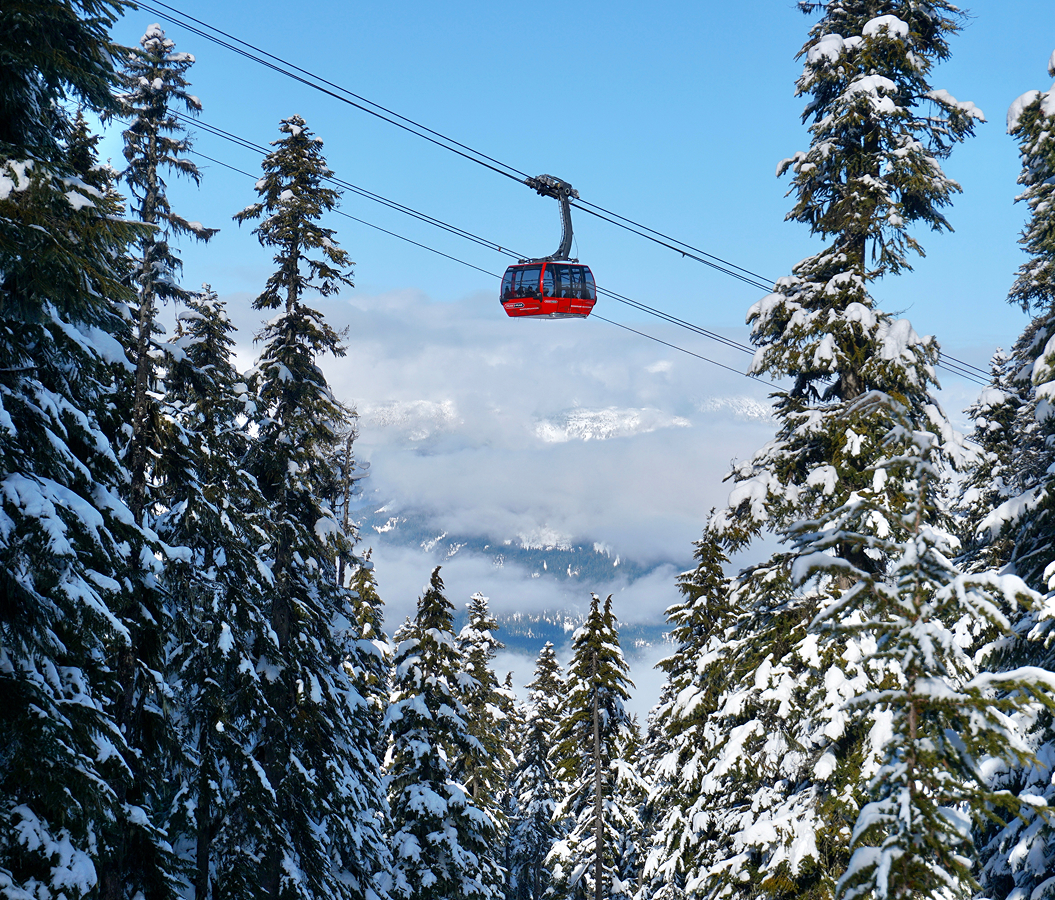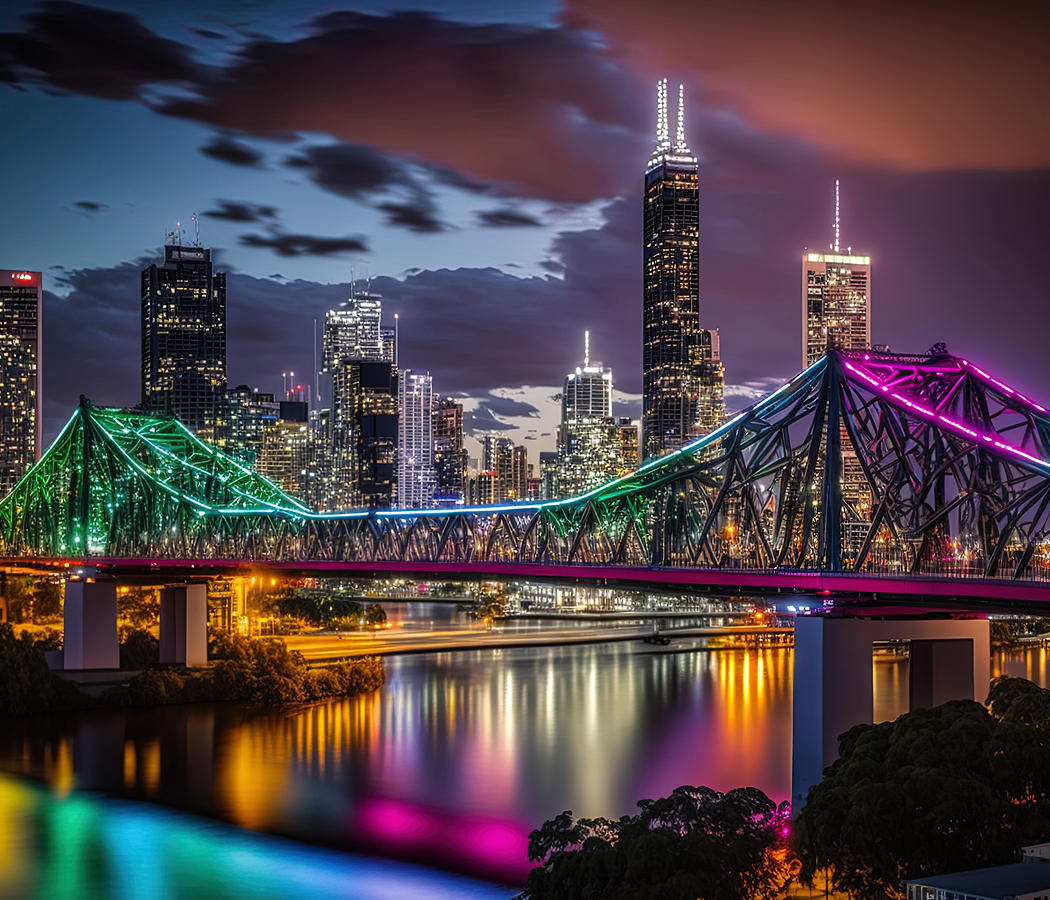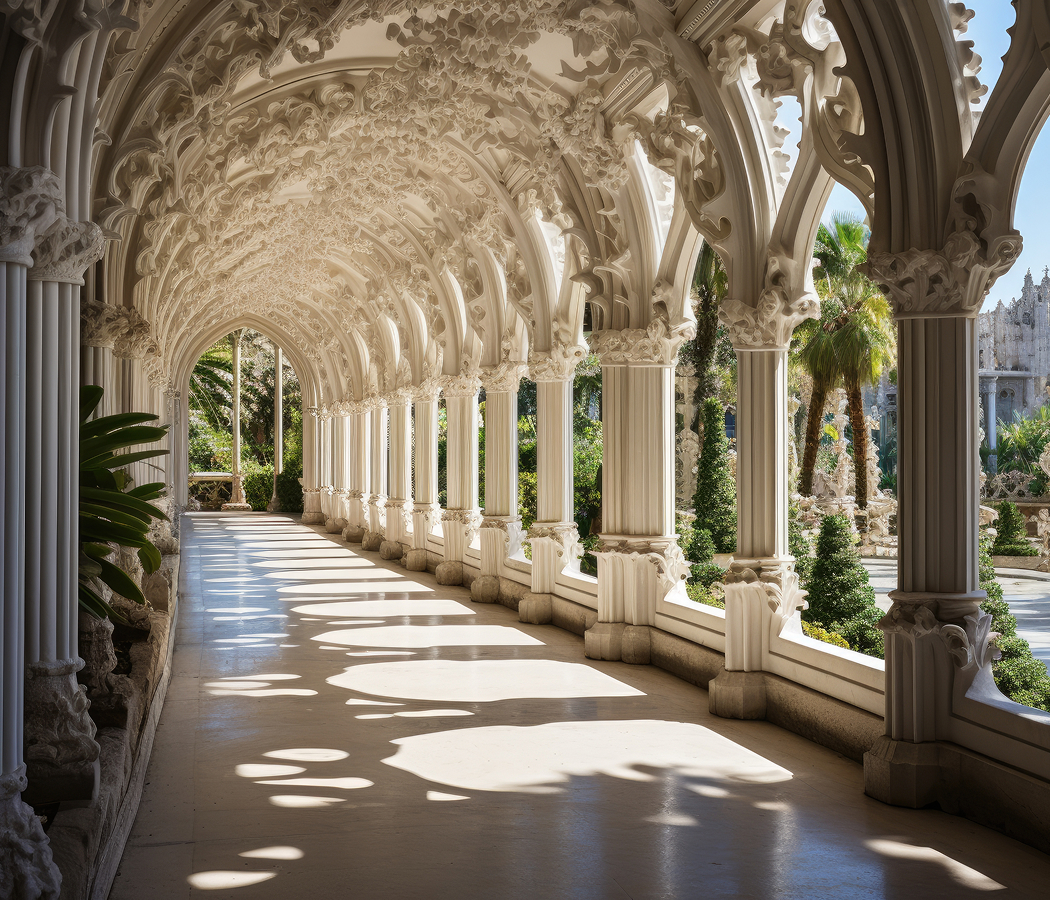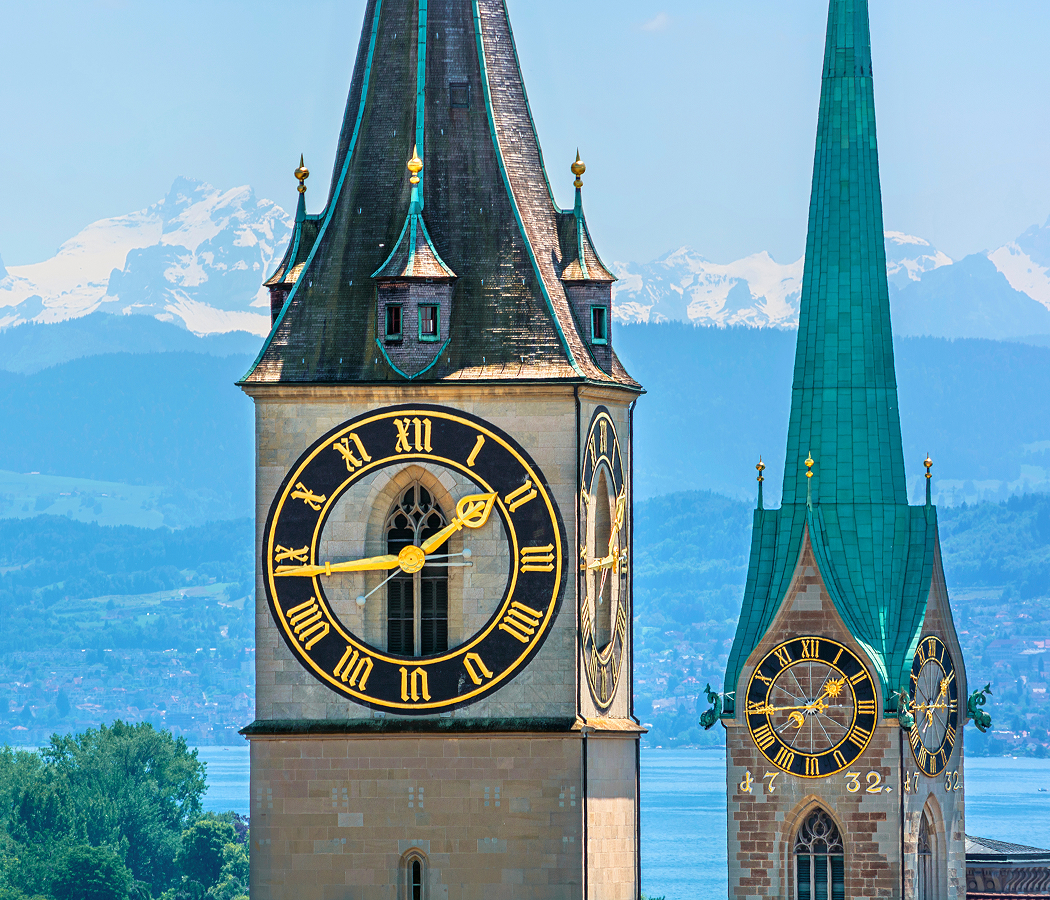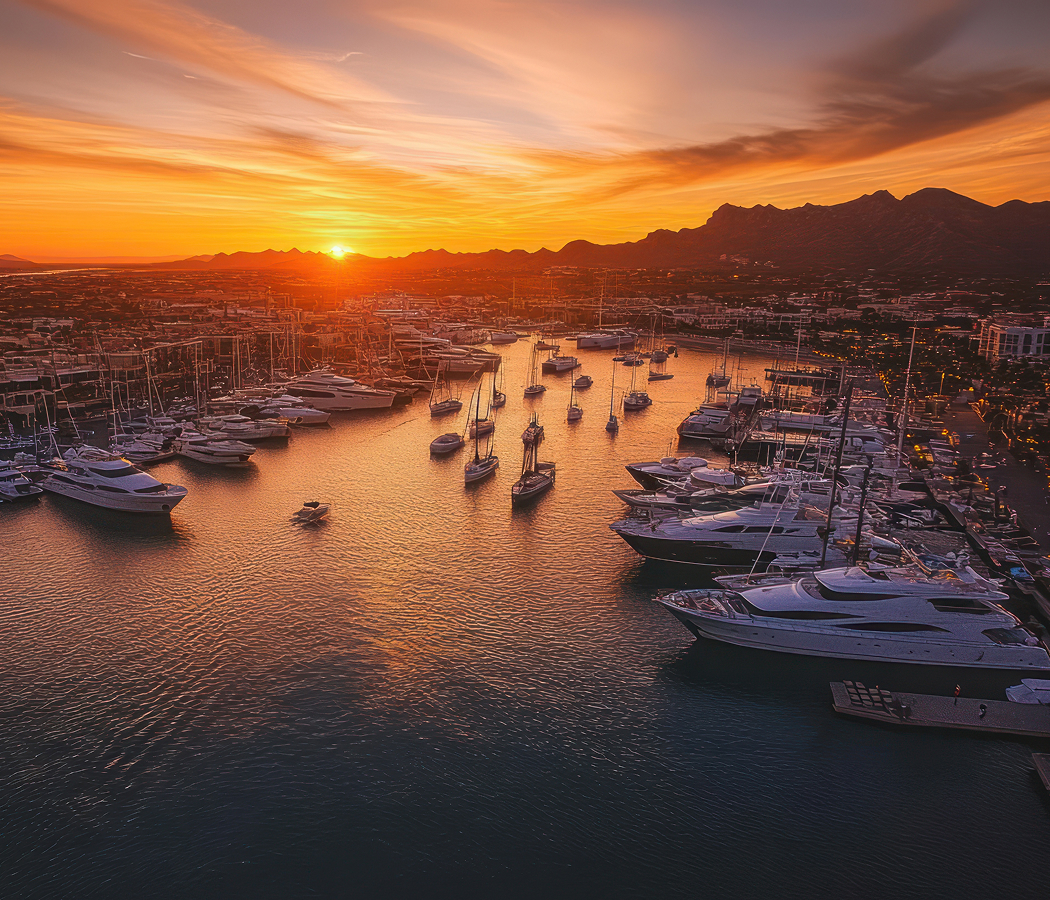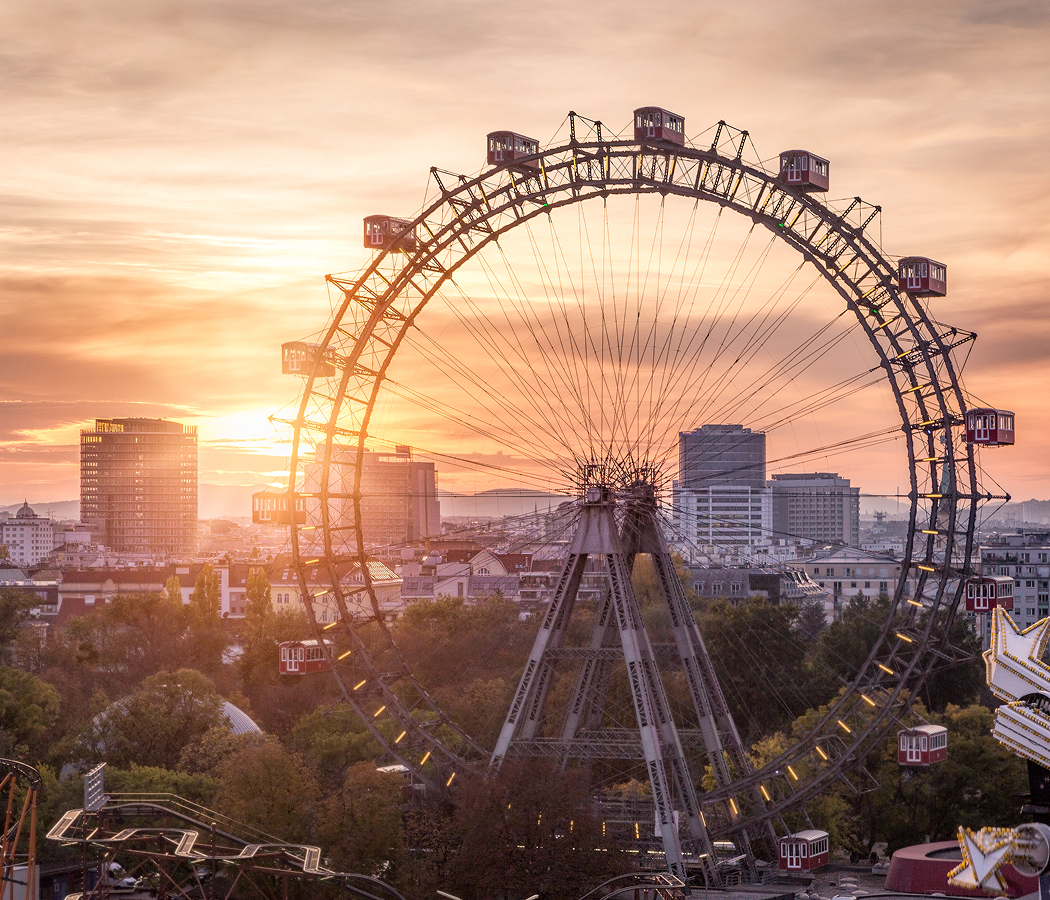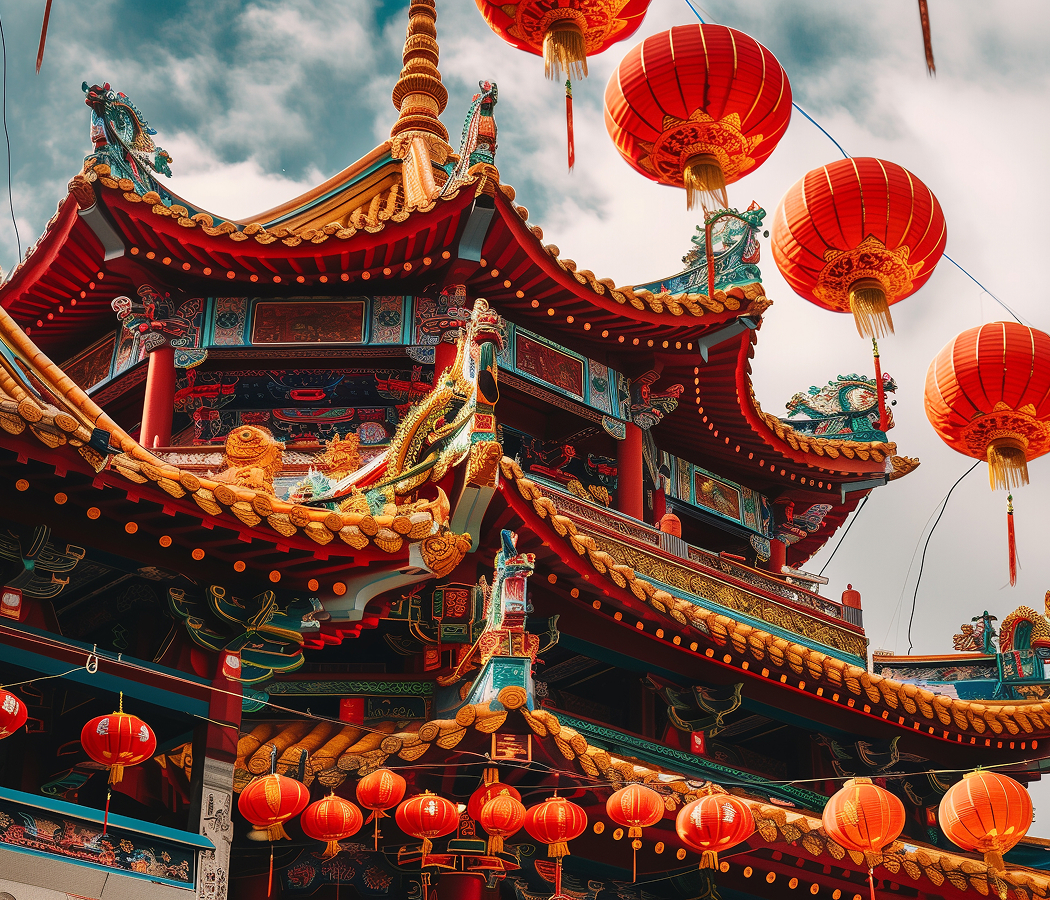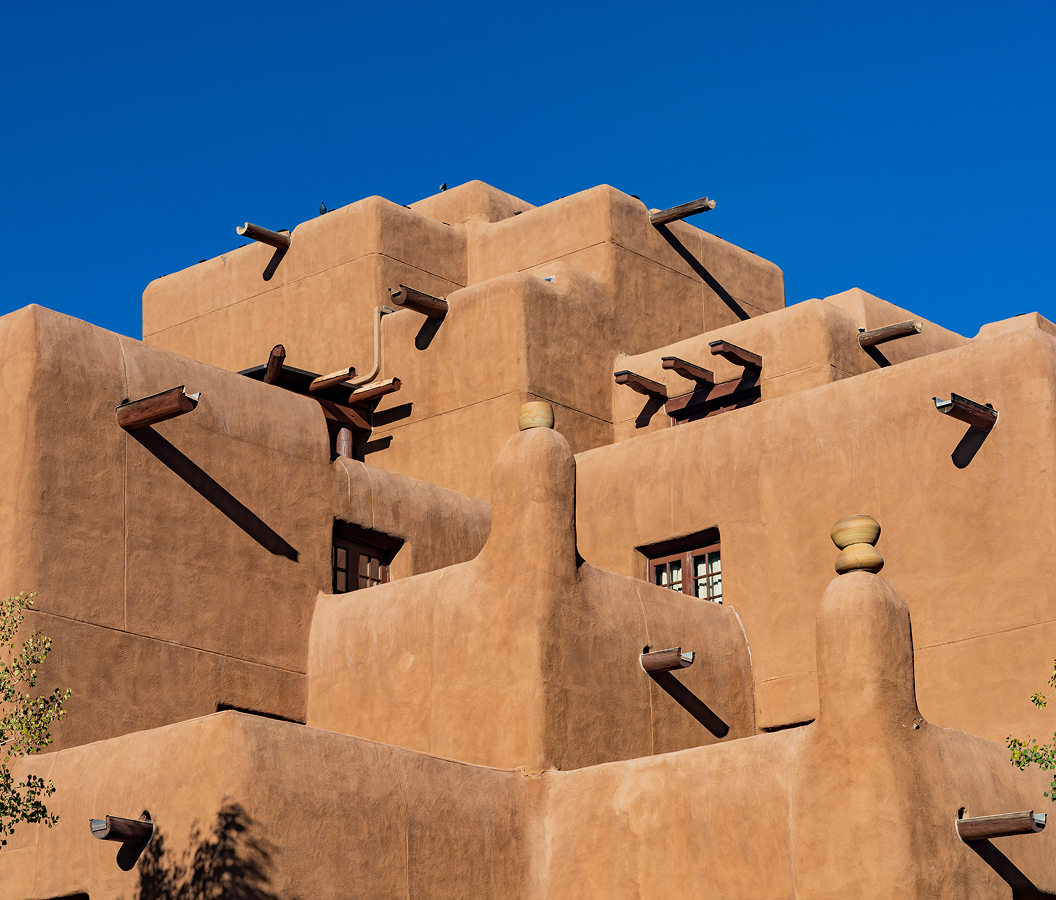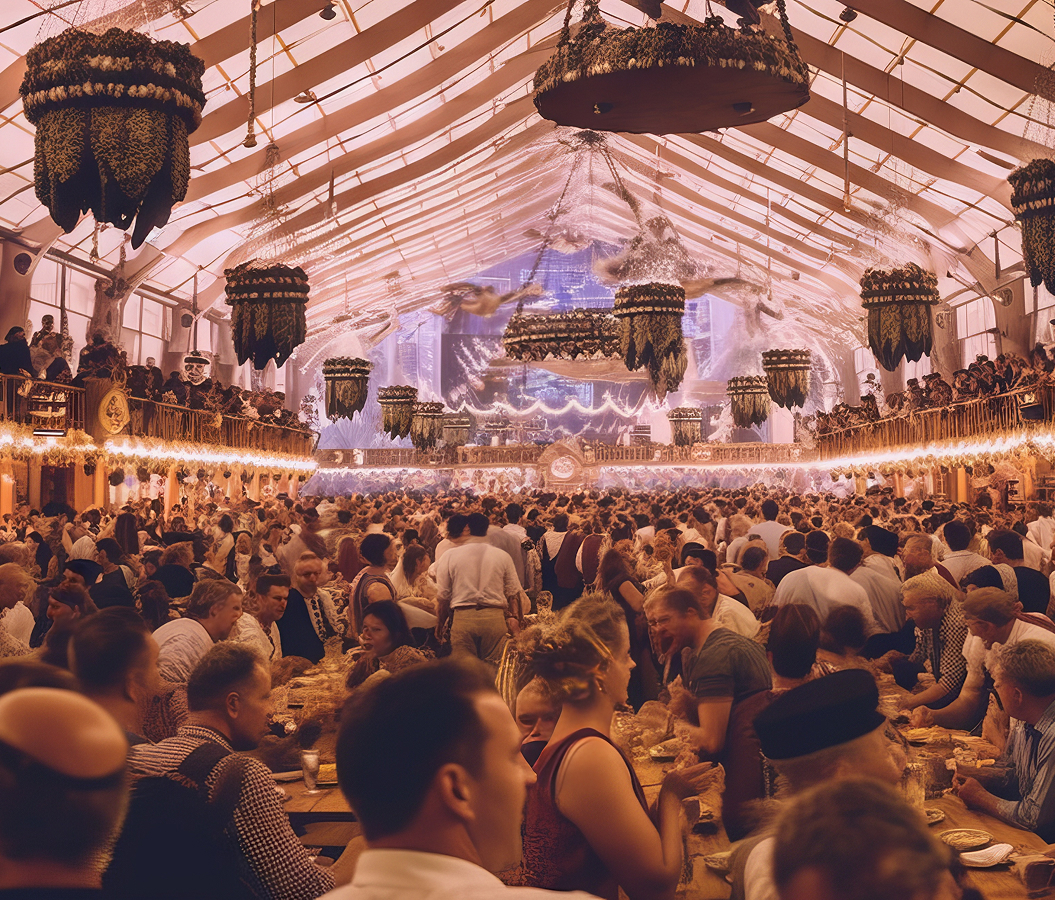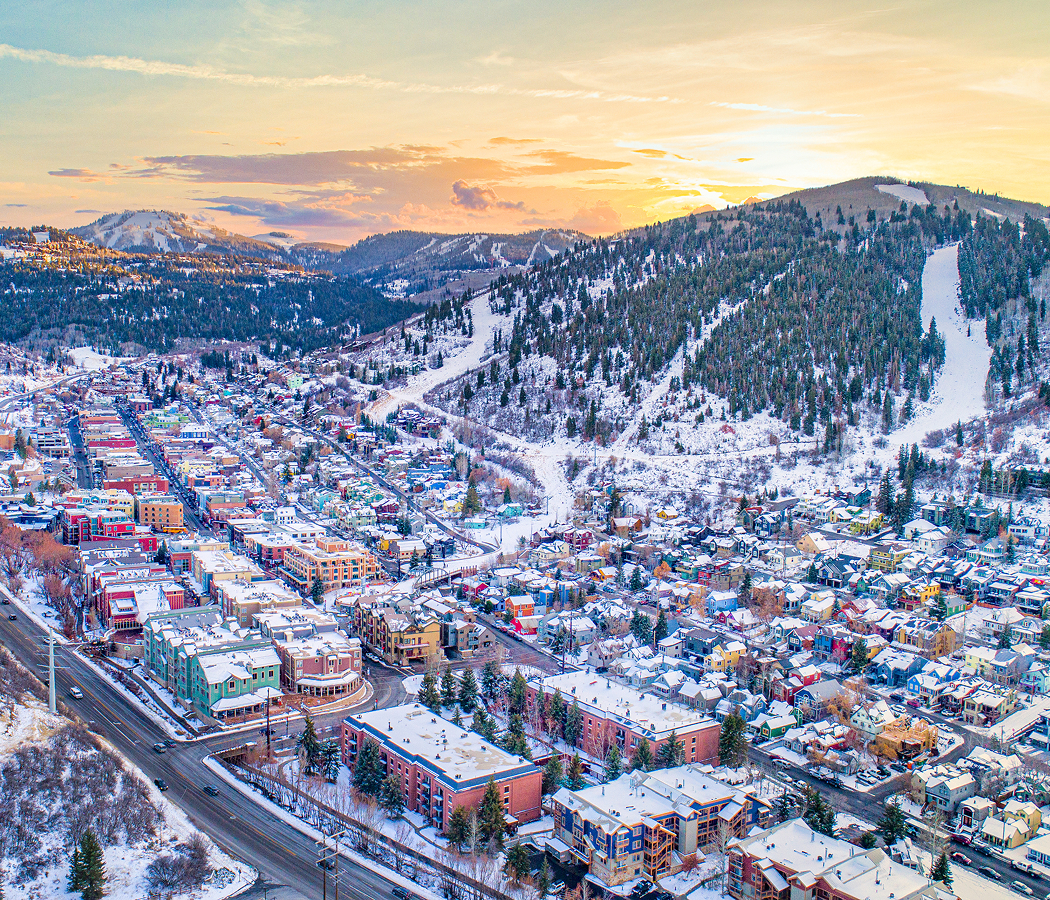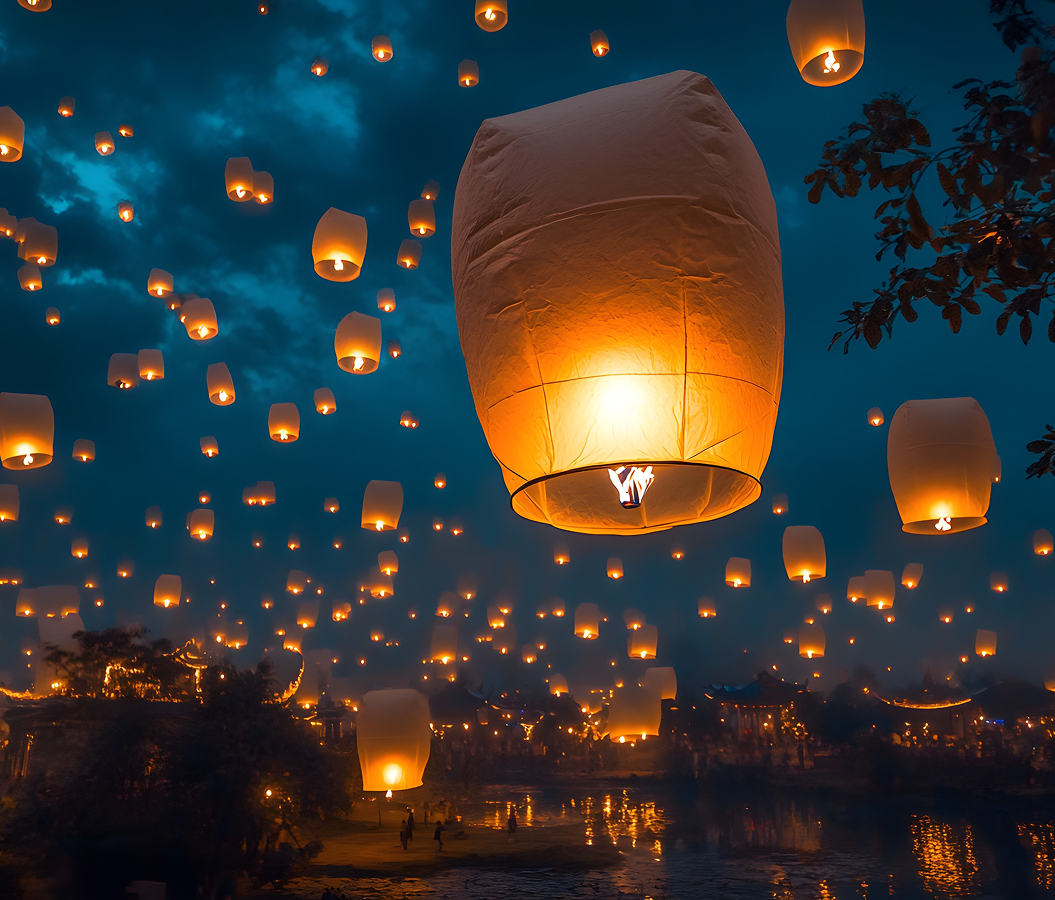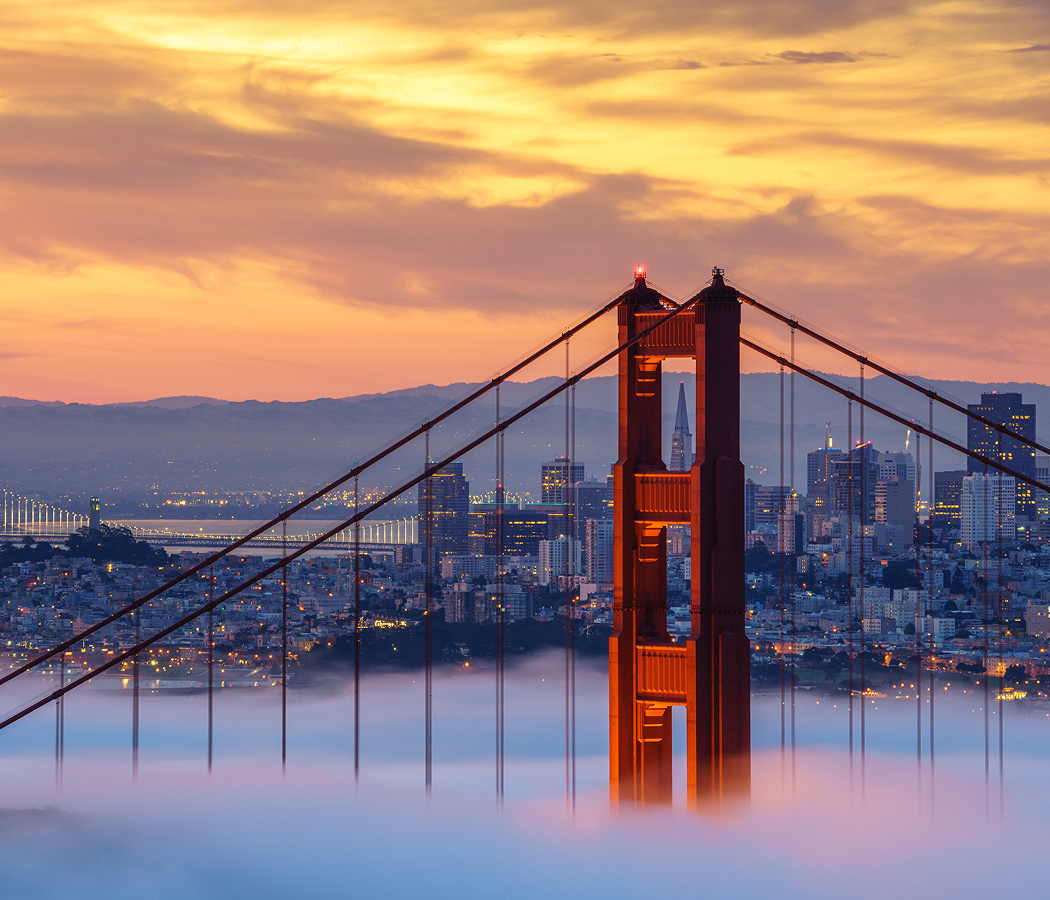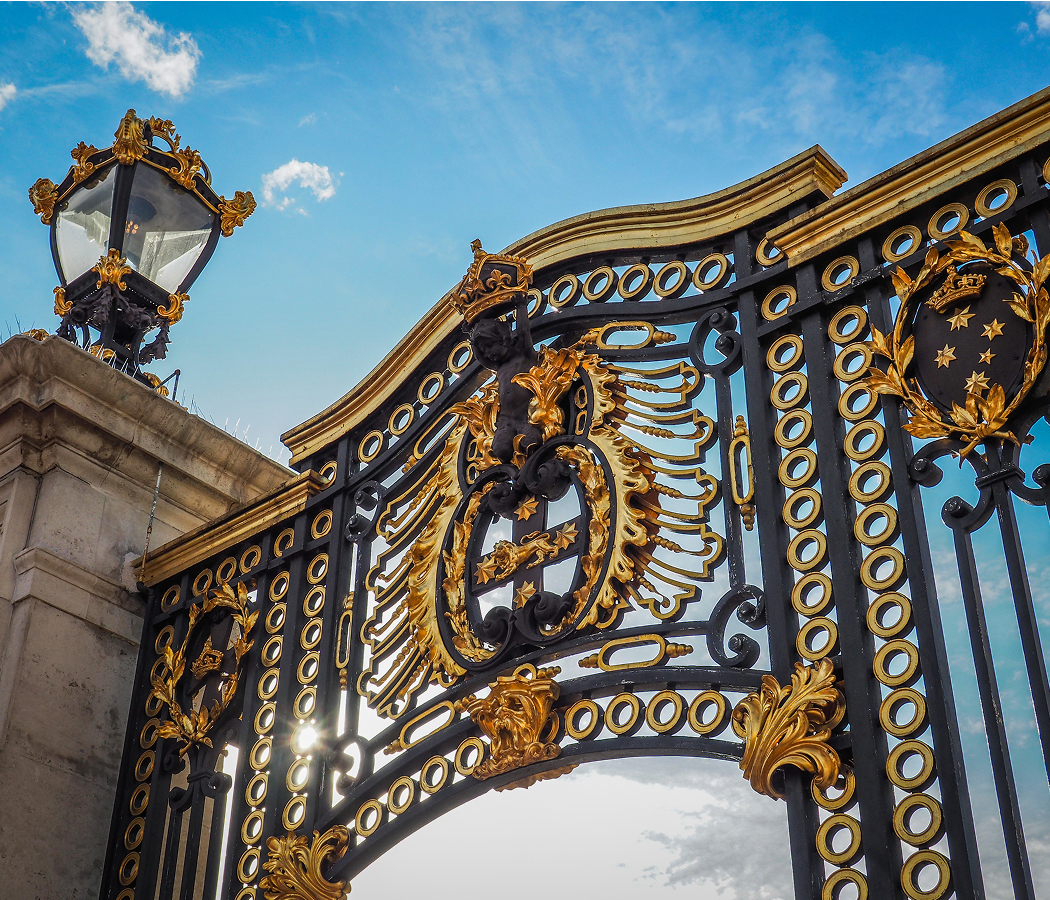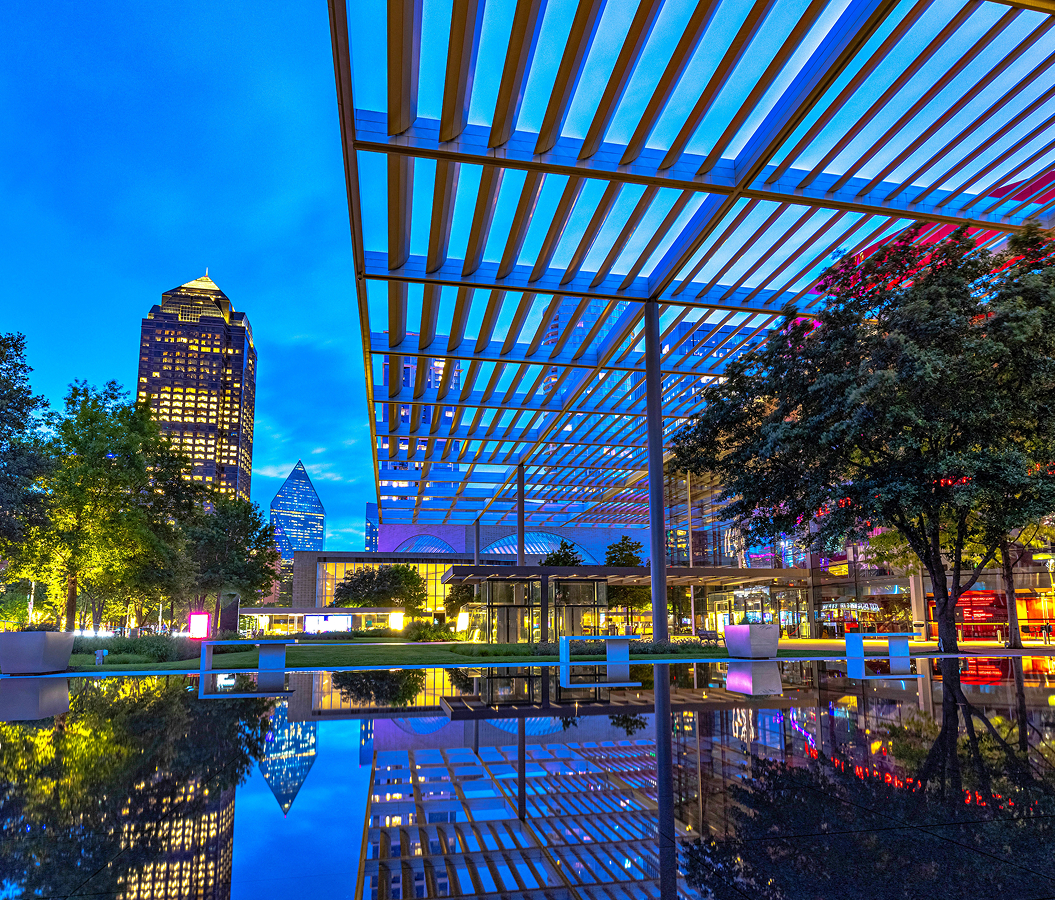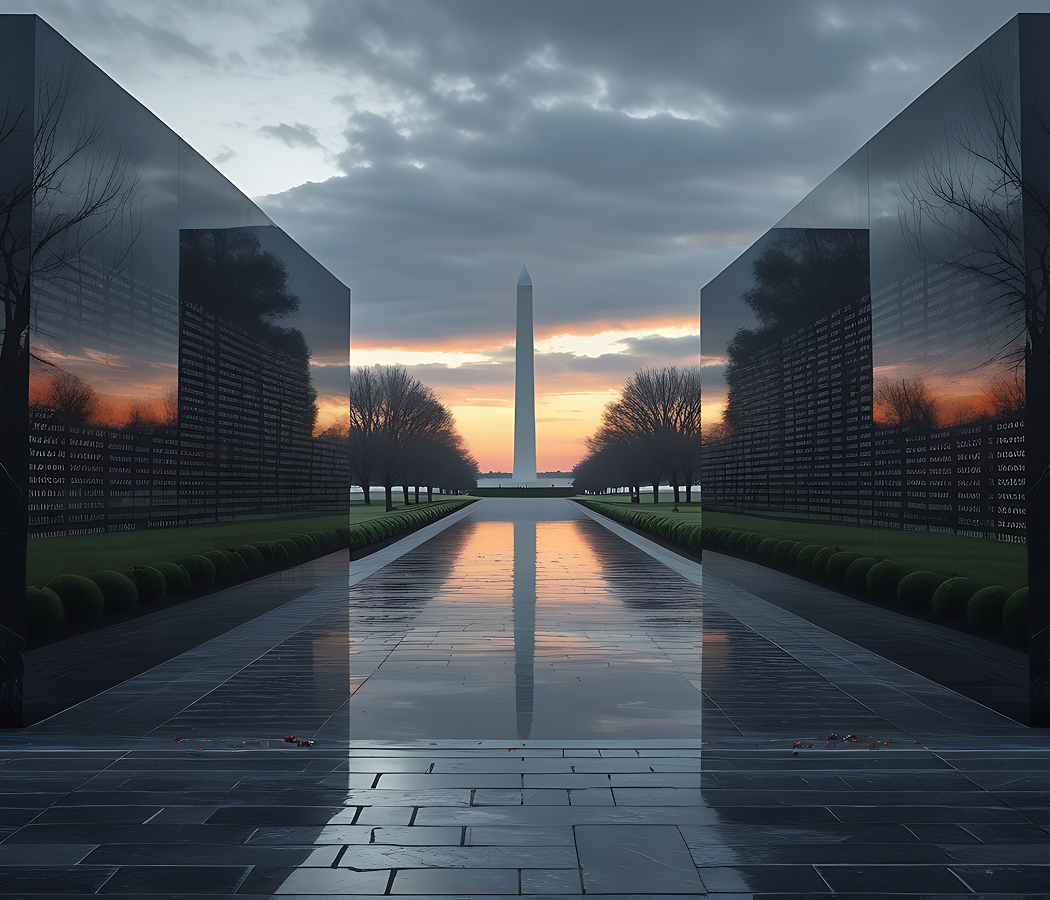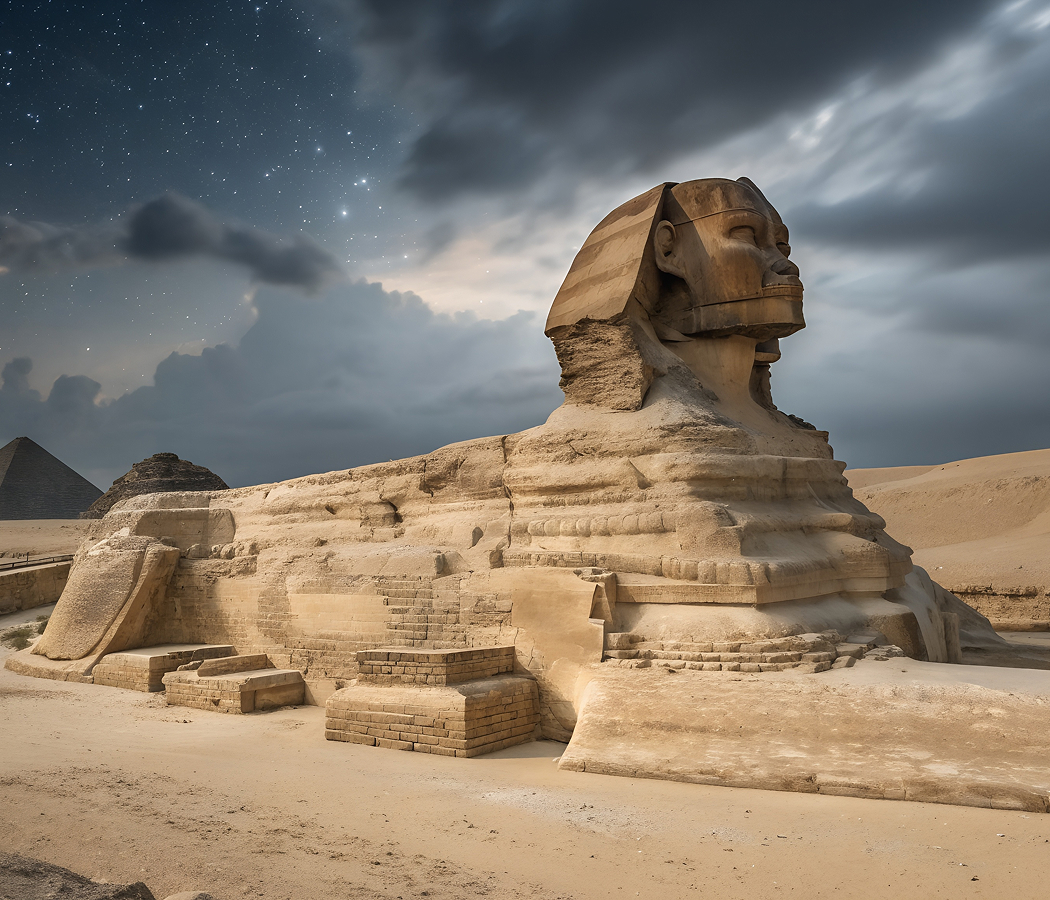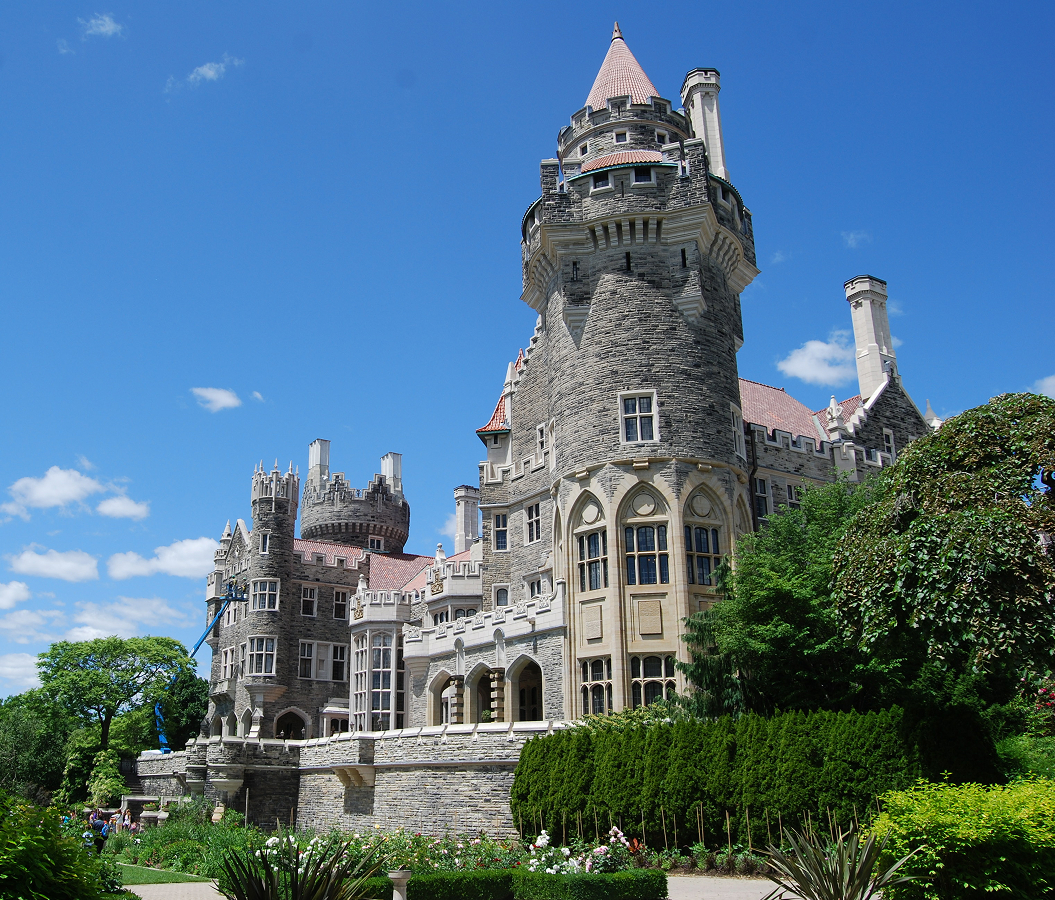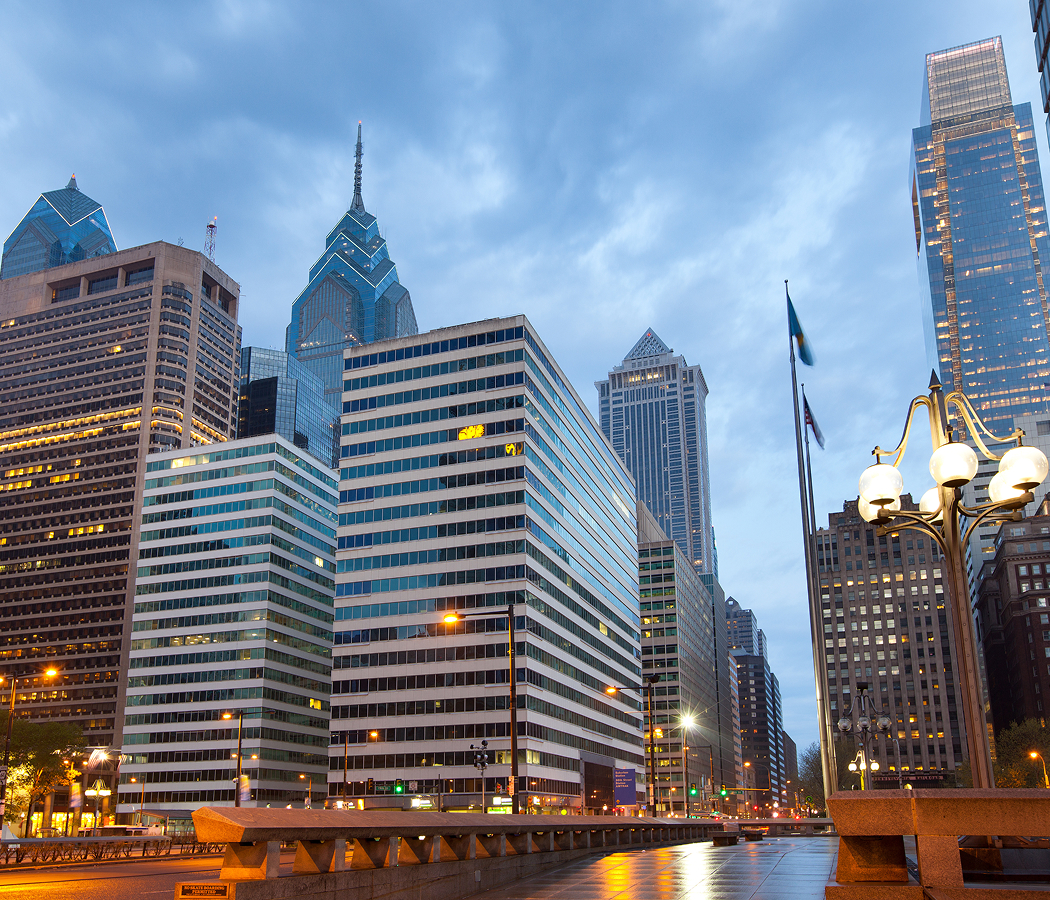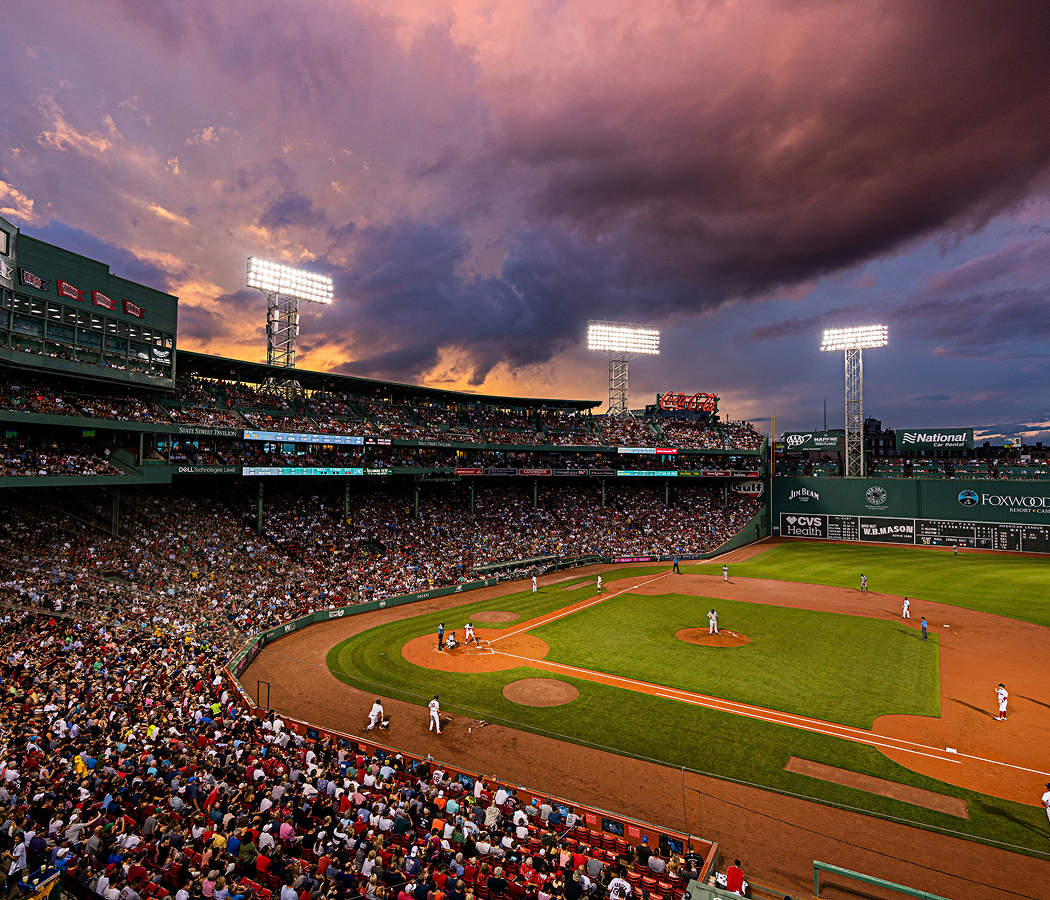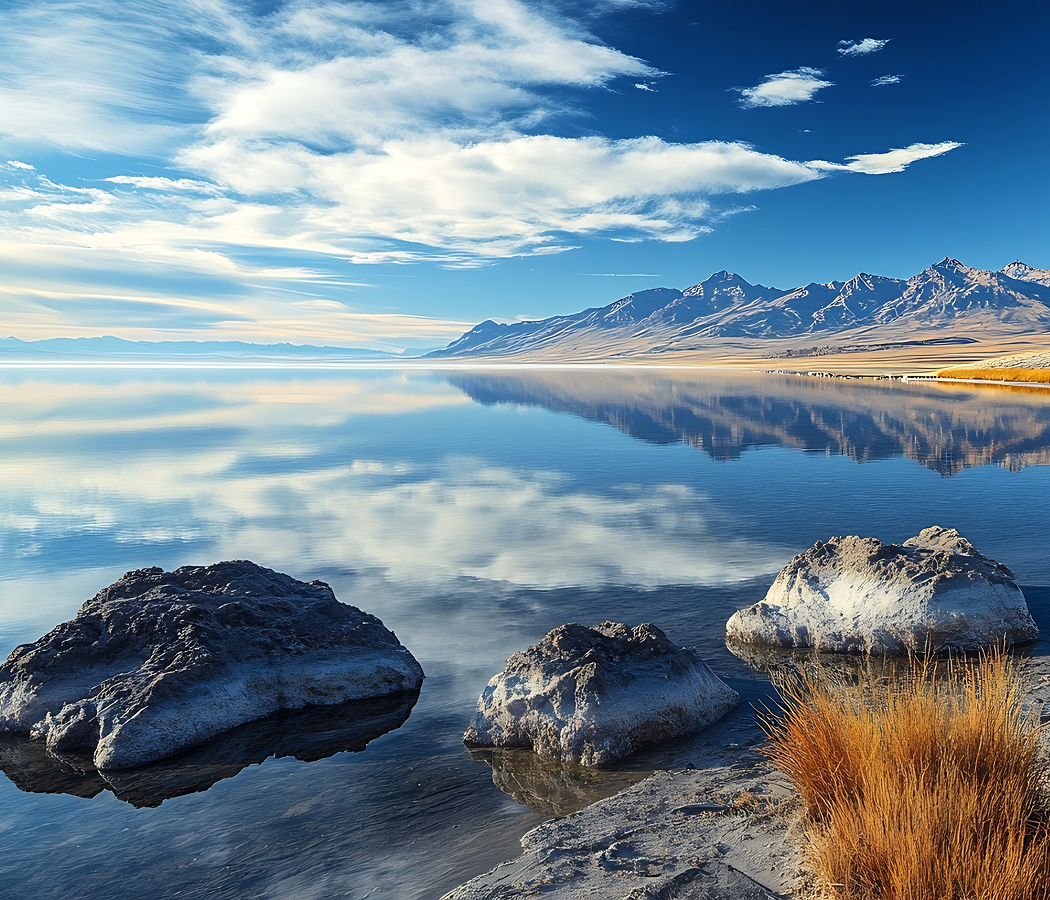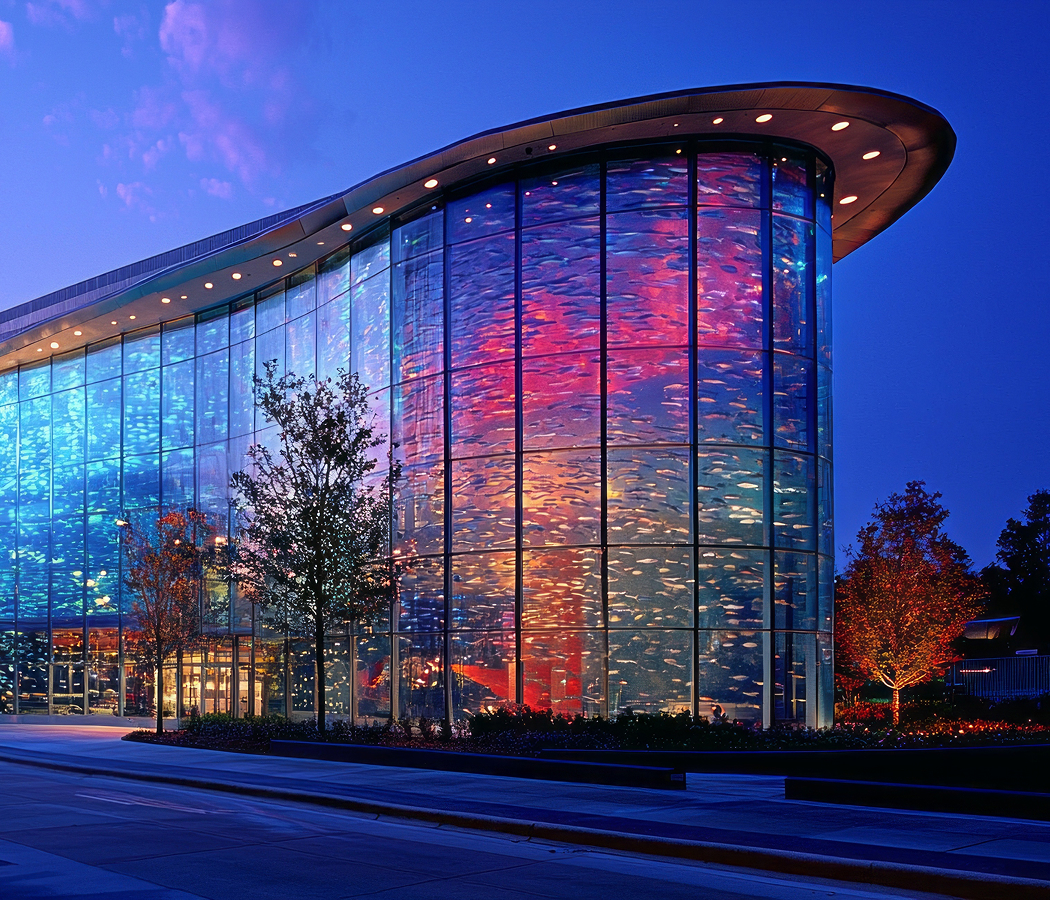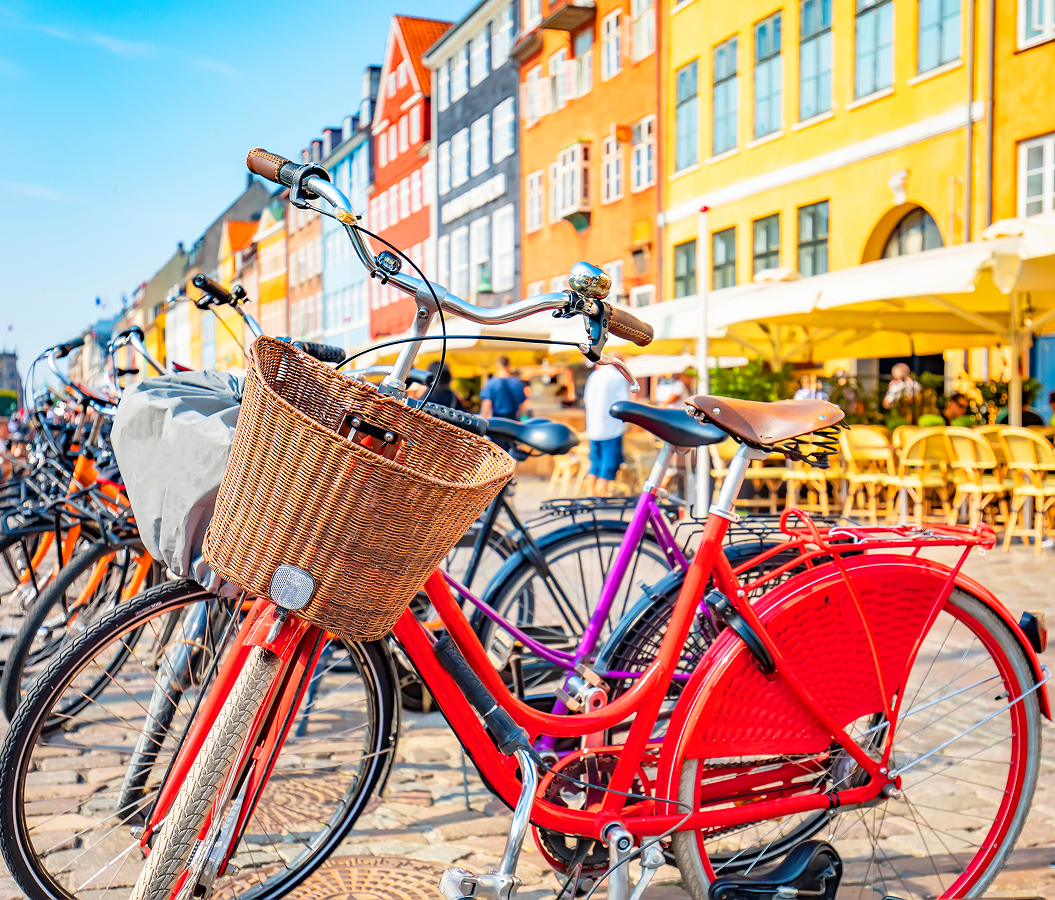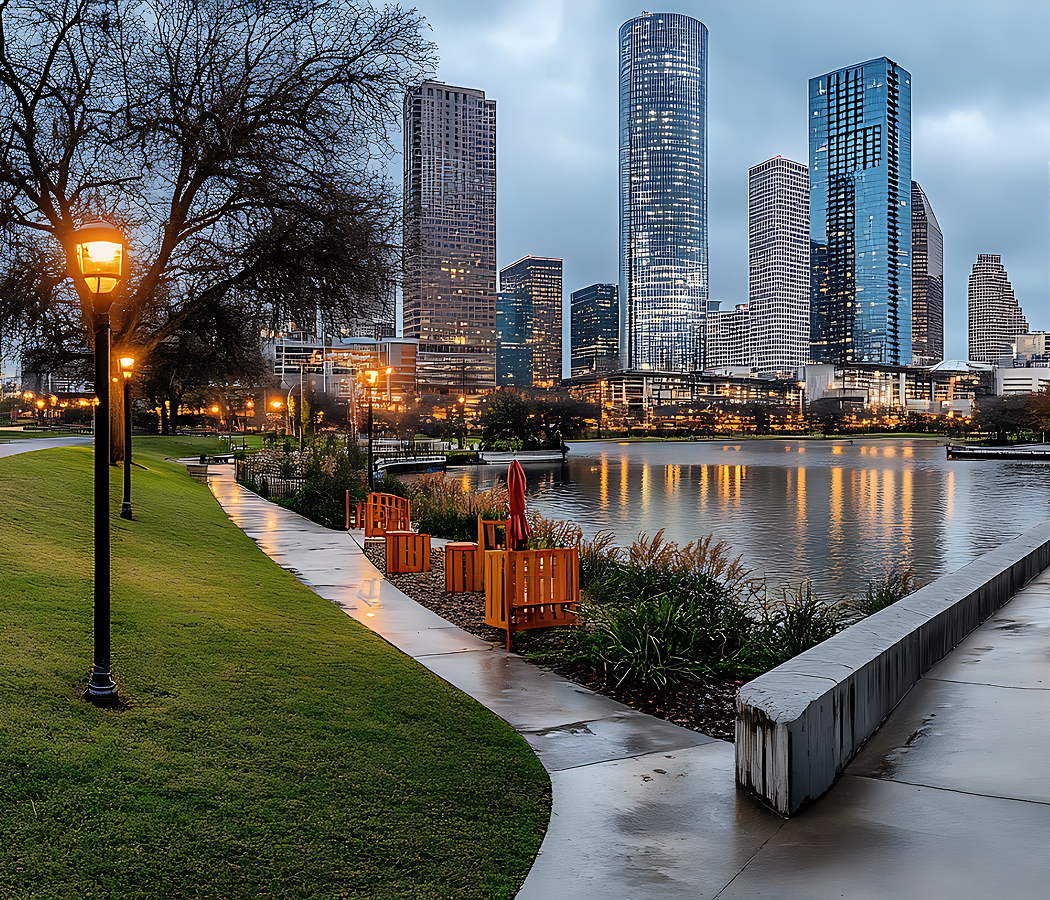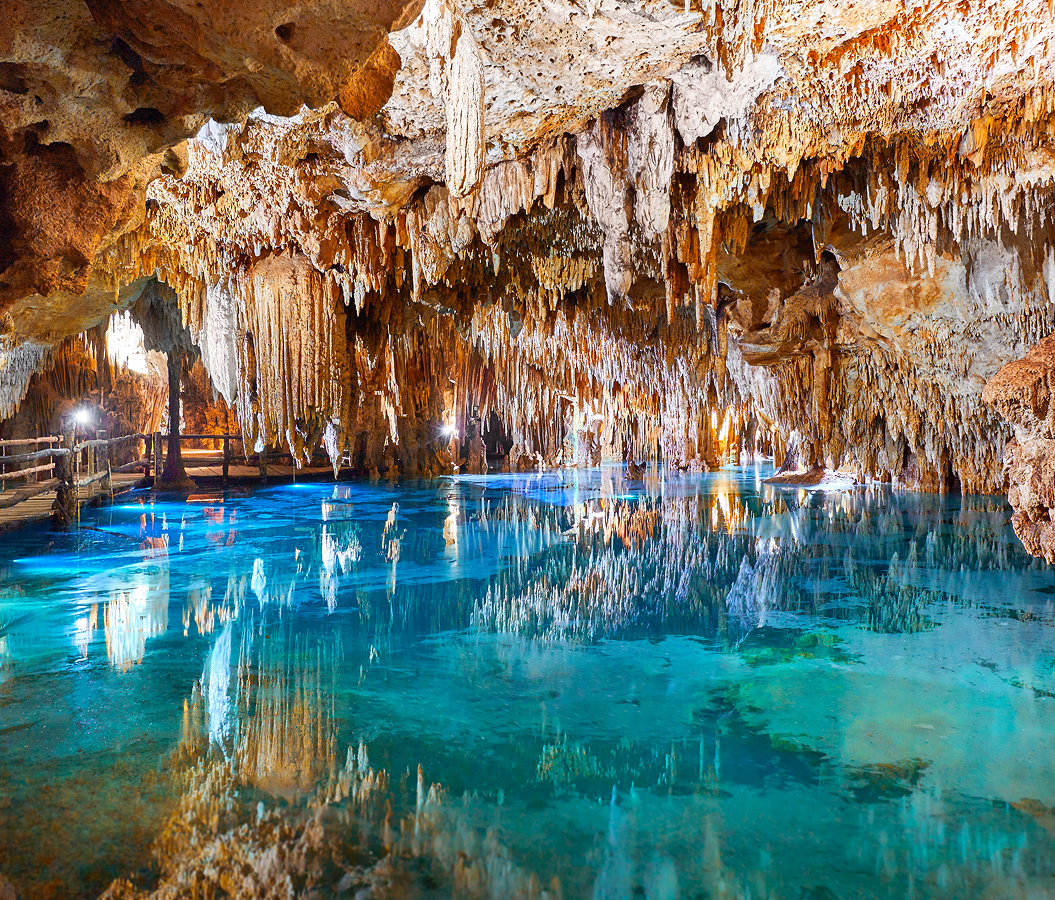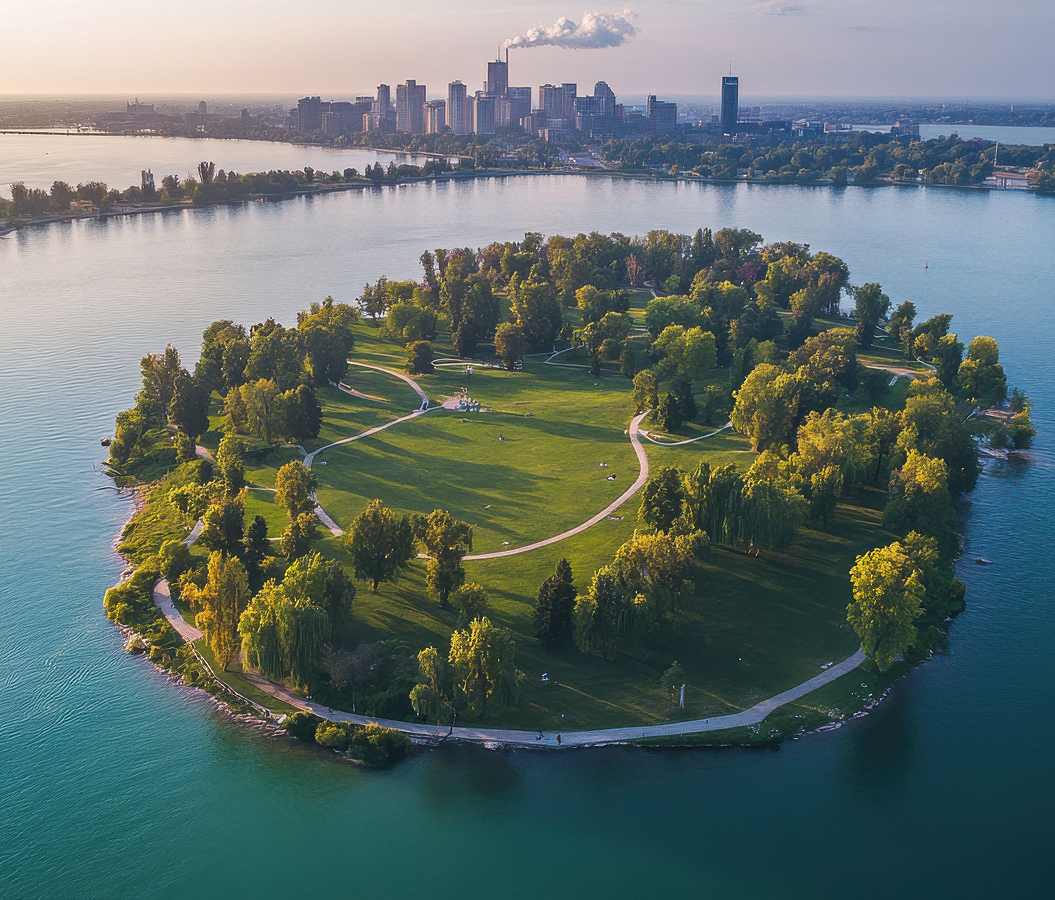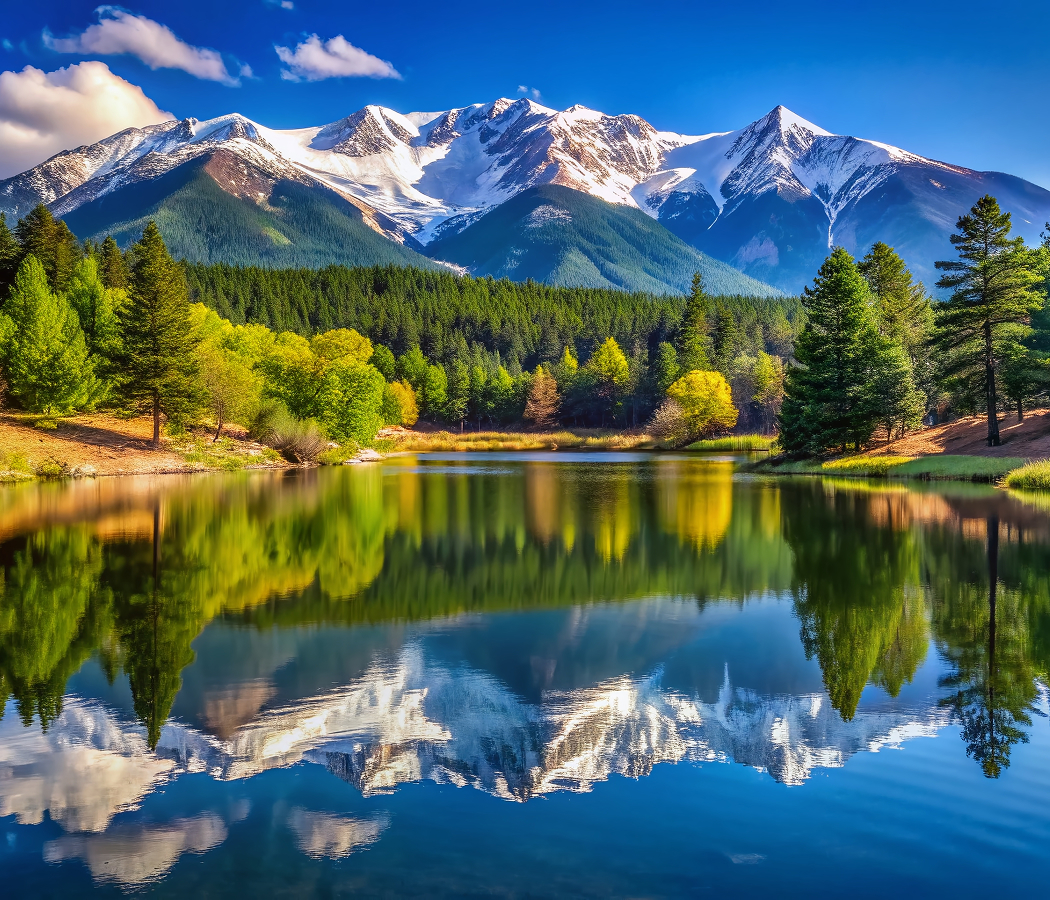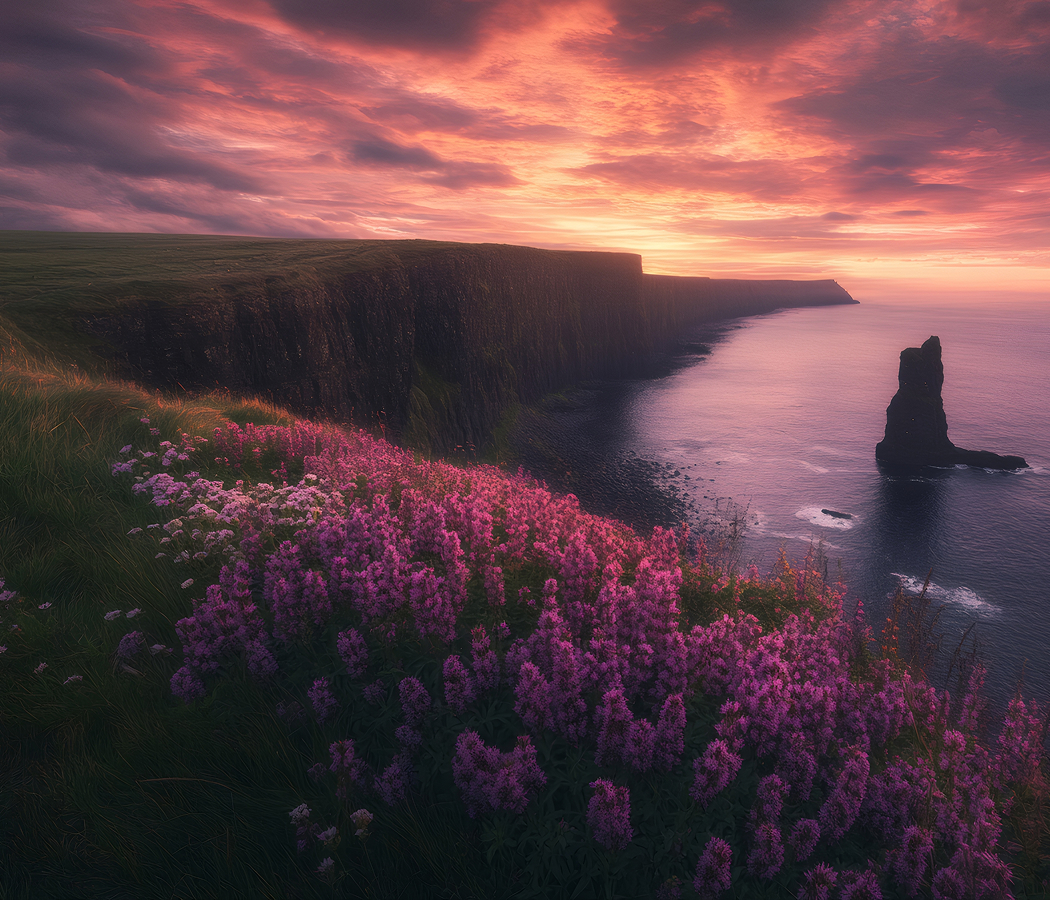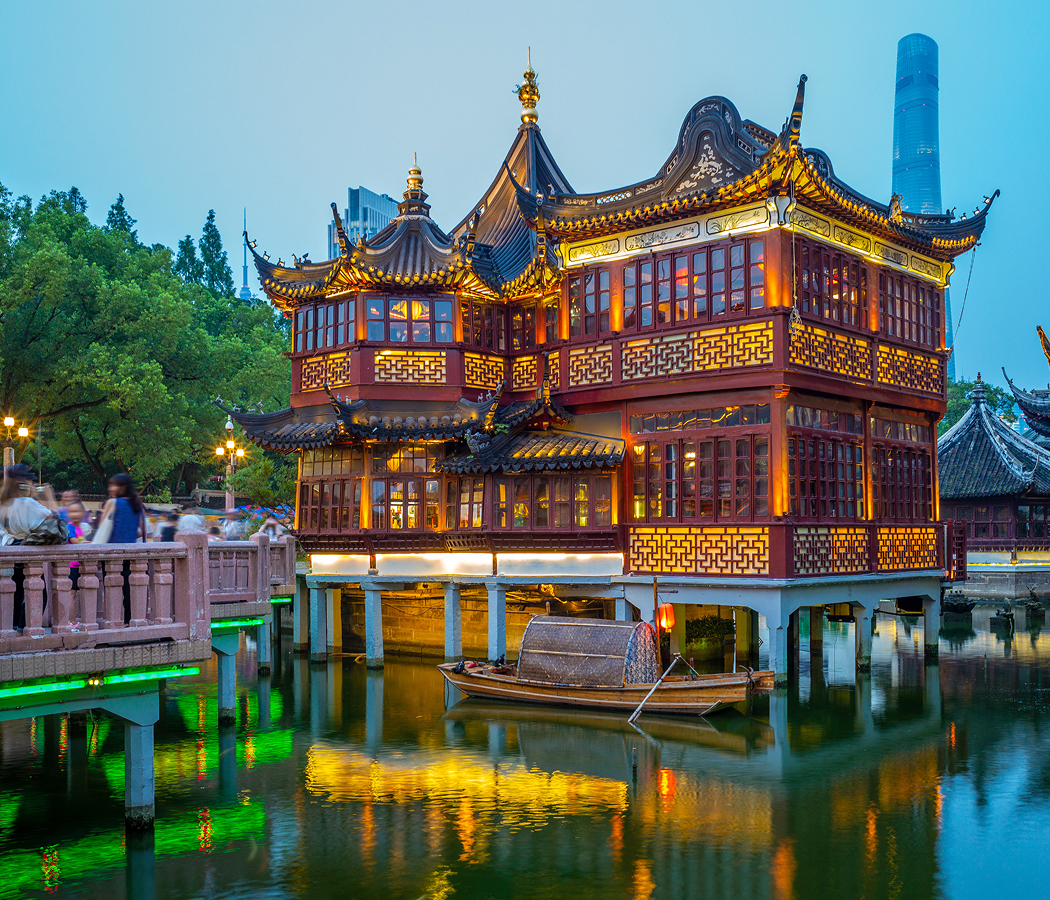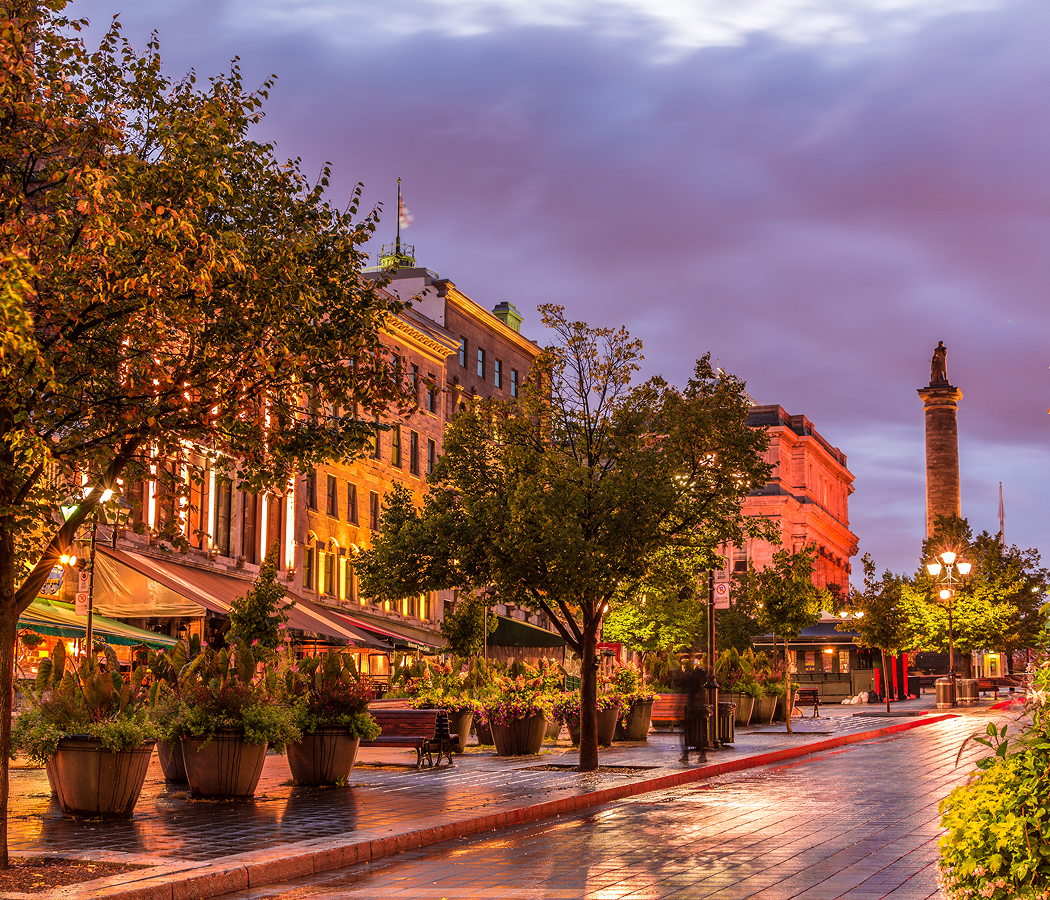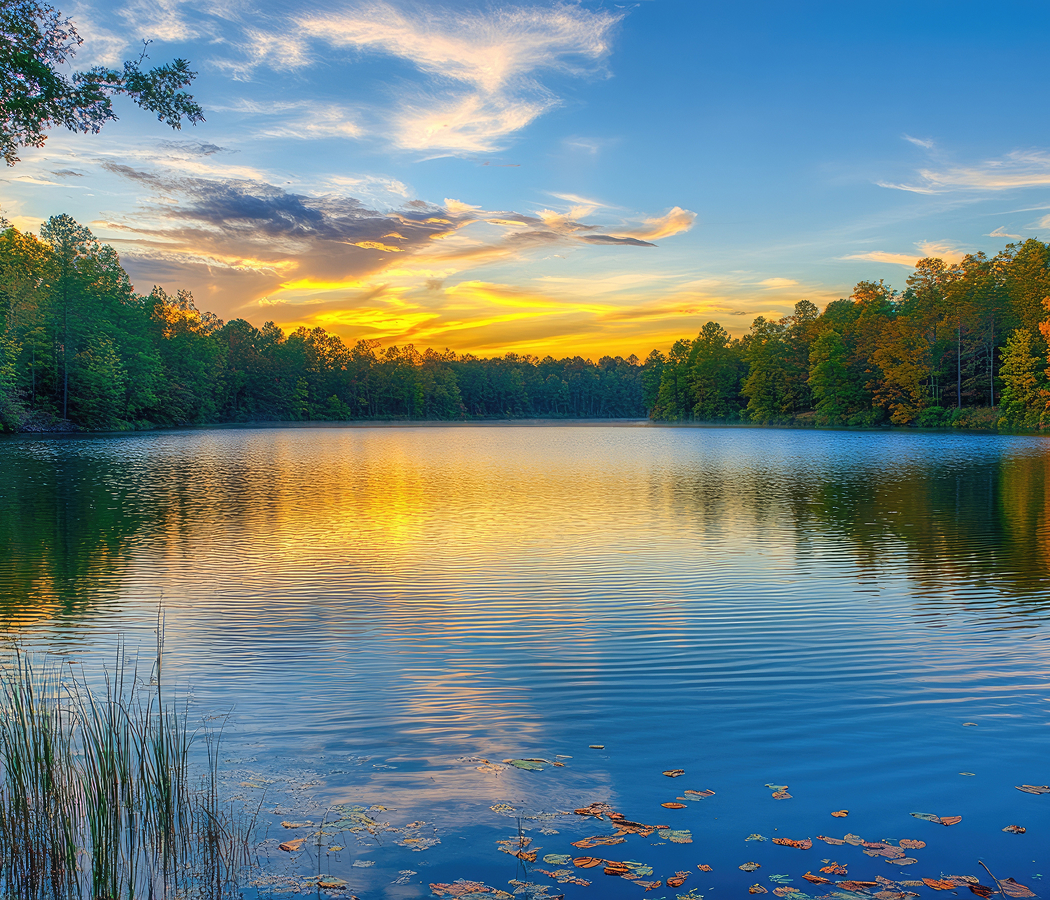
What you didn’t know about Los Angeles, California.
Los Angeles is built on layers of history, geology, and cultural evolution that most visitors never see, a place shaped as much by ancient landscapes as by modern imagination.
The city sits on a unique convergence of coastal, chaparral, and desert ecosystems, creating microclimates that shift dramatically across just a few miles. Marine fog rolls inland each morning, cooling neighborhoods before burning off into clear, golden afternoons. The Santa Monica Mountains, older than the Rockies, run directly through the city, creating canyons that influence everything from weather patterns to architectural design. Griffith Park is one of the largest urban parks in the country, holding hidden caves, abandoned zoo structures, and wildlife corridors connecting to a vast regional ecosystem. Beneath LA lies a network of prehistoric tar pits that have captured and preserved thousands of Ice Age fossils, evidence that the land once teemed with mammoths, saber-toothed cats, and giant sloths. Culturally, the city is a mosaic of immigrant communities, each shaping neighborhoods with their own flavors, Korean food corridors, Oaxacan markets, Persian bakeries, Ethiopian cafés, and Japanese nurseries tucked quietly into residential streets. Many of LA’s most iconic design elements trace back to Spanish Colonial, Art Deco, and Googie futurism, with neon signage as much a part of its cultural identity as film studios. People often imagine Los Angeles as an industry, but the truth is that it’s an ecosystem, constantly shifting, absorbing influences, and generating global trends that ripple outward from its sunlit streets.
Five fascinations about Kyoto.
5. L.A. has an underground city beneath its streets.
Beneath downtown, a network of hidden tunnels stretches for miles, once used for Prohibition-era bootlegging, secret transit, and even prisoner transfers. Today, some lie abandoned, others repurposed, but all whisper of a city that’s always had more going on beneath the surface.
4. The Hollywood sign once advertised real estate.
Originally reading “Hollywoodland,” the iconic sign was a 1923 billboard for a new housing development. The last four letters were removed in 1949, and what started as a marketing stunt became one of the most famous symbols in the world.
3. There’s a mountain lion living in the heart of the city.
P-22, the legendary cougar, lived for years in Griffith Park, surrounded by freeways, city lights, and tourists who never knew he was there. His survival became a symbol of L.A.’s wild, unpredictable nature. A city full of things that shouldn’t work, but somehow do.
2. L.A. once had the world’s best public transit system.
In the early 1900s, Los Angeles boasted the largest electric railway system on earth, the Pacific Electric “Red Cars.” It stretched over 1,000 miles before being slowly dismantled, paving the way for the car culture we now associate with the city.
1. You can see snow, sand, and skyline in the same day.
L.A. is one of the only cities in the world where you can surf in the morning, snowboard by afternoon, and catch a rooftop sunset downtown, all without ever leaving city limits. It’s less of a flex and more of a reminder: this city is vast, strange, and full of contradictions.
Where meaningful travel begins.
Start your journey with Foresyte, where the planning is part of the magic.
Discover the experiences that matter most.



